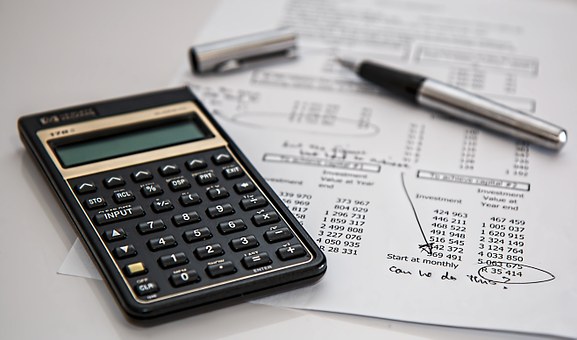This should be an easy question to answer,but in fact is the cause of much uncertainty when it comes to the VAT. So let’s start by making a sweeping statement: A person generally needs to charge VAT on supplies of goods or services which they make as part of their business activity. Having said that, we now need to clarify some of the terms used in the statement. When it comes to “supplies of goods and services”, things become difficult, and it would be possible to write a whole book on what is meant by that phrase. However, for our purpose, it is fair to say that in generally means exactly what it says; VAT must be charged on transactions in which goods or services are supplied.
For example, a book shop makes a supply of goods when it sells a book to a customer. A window cleaner makes a supply of services when he or she cleans a customer’s windows. A supply of goods generally involves the passing of ownership of something moveable or tangible (such as a book or DVD) to someone else.A supply of services is generally anything else. For many businesses, it is easy to see what supplies they make and whether they are supplies of goods or services. However, you can probably already see that things can get tricky here. What happens when I rent a cottage for a holiday for example? I take possession of the cottage but I cannot say that I own it, and therefore the cottage owner is potentially making a supply of services, not goods.
It is also clear that many business transactions include a supply of both goods and services. For example, the kitchen itself ( a supply of goods) but they will also fit units into place in my kitchen ( a supply of services).The company is, therefore, making a supply of goods and services. This can make a difference to the VAT treatment. For example, the supply of food by a supermarket is treated differently for VAT purpose than the supply of a hot meal in a restaurant. Both are supplies of food, but the restaurant has added a service, therefore changing the nature of the supply, resulting in different rates of VAT being charged. We can say that in many cases, a supply of goods and service together does not, practically speaking, make much difference from a sole supply of goods or a sole supply of services.


